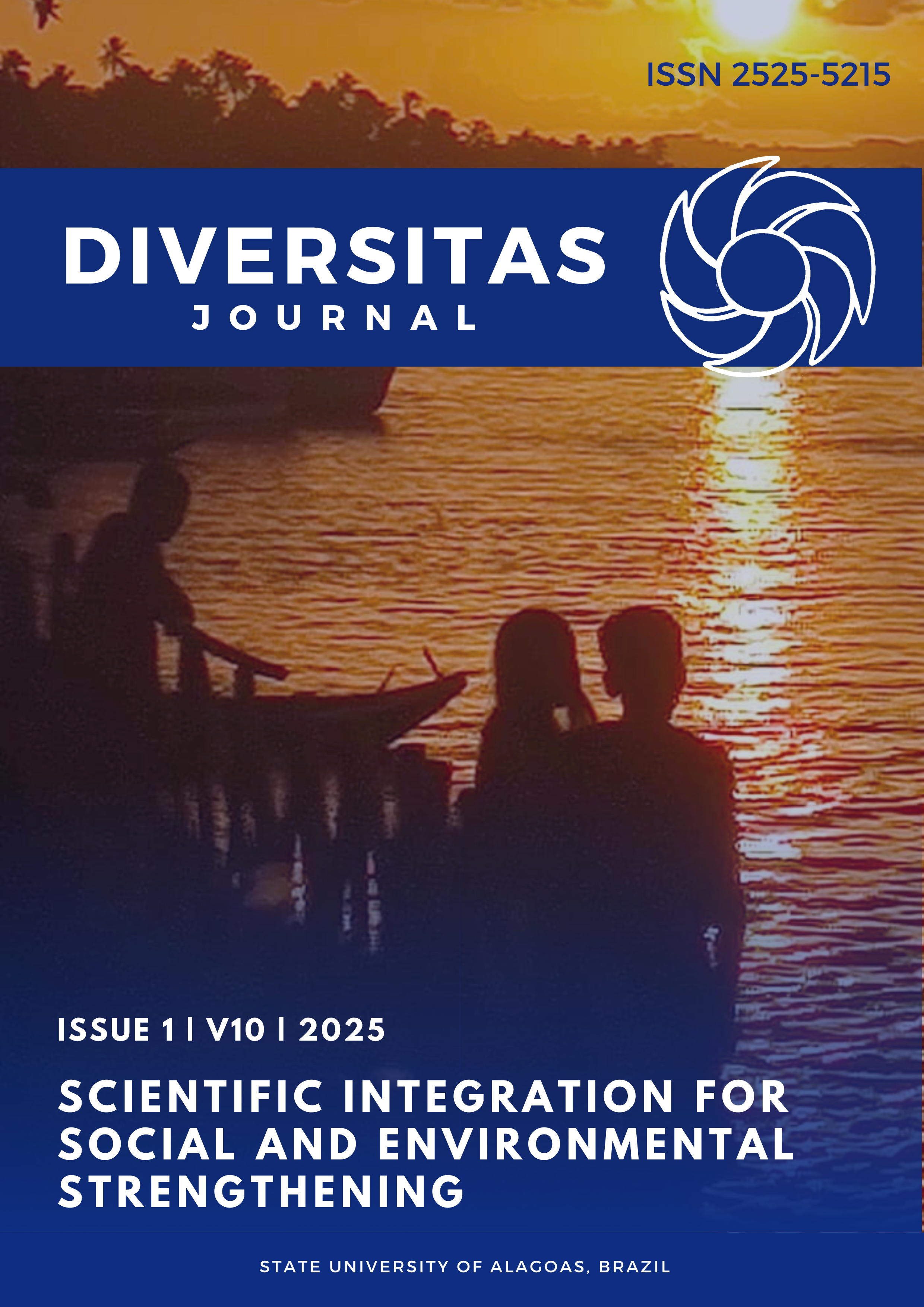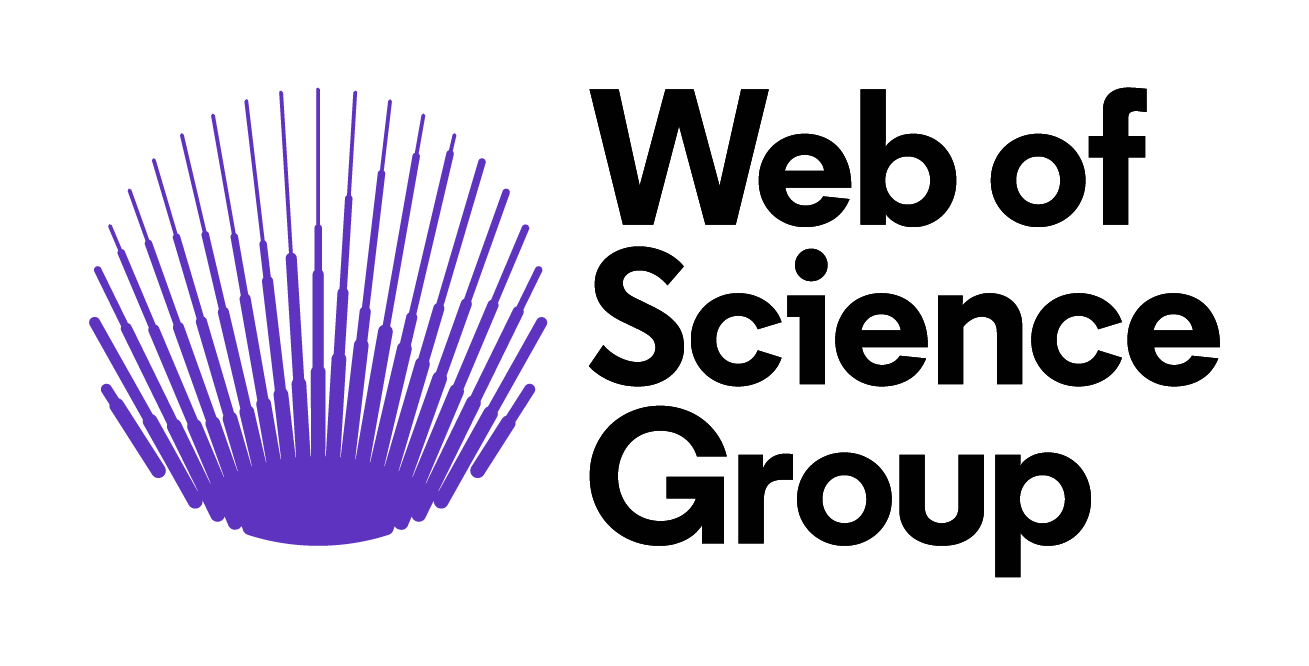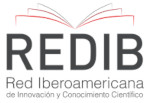Interactive virtual simulation as a pedagogical tool for learning natural selection in high school.
DOI:
https://doi.org/10.48017/dj.v10i1.3208Keywords:
Meaningful learning, Information and Communications Technologys, EvolutionAbstract
The research was developed with 40 high school students, using simulation software known as PhET, available free of charge on the internet, which simulates population dynamics, genetic and environmental factors in successive generations of rabbits. The students received a script to carry out the simulation, then answered open questions on the topic of natural selection. Based on the responses, a content analysis was carried out as proposed by Bardin and inferences and interpretations were made in accordance with Ausubel's theory of meaningful learning. The answers were grouped into two categories: genetics and ecology. It was noticed that the execution of the natural selection simulation allowed superordinate learning in which the potentially significant concept (in this case, the concept of natural selection) is more general and inclusive than the concepts already established in the cognitive structure, such as the concepts of genetics and ecology that had been previously studied. The use of information and communication technologies, in this case specifically the use of interactive virtual simulation addressing natural selection, proved to be an important strategy to assist the learning process. The factors involved in the simulation allowed students to make combinations with concepts already present in their cognitive structure, promoting significant learning in the majority of students analyzed.
Metrics
References
Brasil. Ministério da Educação. (2020) Base Nacional Comum Curricular. Brasília, https://www.gov.br/mec/pt-br/escola-em-tempo-integral/BNCC_EI_EF_110518_versaofinal.pdf
Bardin, L.(2011) Análise de conteúdo. São Paulo: Edições 70
Cravo, A. R., Espatosa, K. D. (2021) Avaliação de simulações interativas em ciências da Plataforma on-line “Phet” por meio de parâmetros de avaliação e de oficinas com futuros docentes. Revista de Ensino de Biologia da Sbenbio, [S.L.], pp. 645-666, http://dx.doi.org/10.46667/renbio.v14i1.389.
Eilam, B., Reiter, S. (2014) Long-term self-regulation of biology learning using standard junior high school Science curriculum. Science Education. v 98 (04), pp. 705-737 https://onlinelibrary.wiley.com/doi/abs/10.1002/sce.21124
Franco, M. L. P. B.(2008) Análise de conteúdo 3. ed. Brasília: Líber Livro, 2008.
Ferri, K. C. F., Küster, E. O., & Nascimento, S. S. B. (2015). Ensinar Ciências – Recursos Pedagógicos para a Aprendizagem em Ciências no Ensino Fundamental II. In III Seminário de Pós-Graduação em Educação para Ciências e Matemática, 12., 2015, Jataí. Anais... (pp. 344-350). Jataí, IFPI Goiás.
Horn, M. B., & Staker, H. (2015). Blended: Usando a inovação disruptiva para aprimorar a educação. Porto Alegre: Penso.
Leal, C., Meirelles, R., & Rôças, G. (2019). O que estudantes do ensino médio pensam sobre genética? Concepções discentes baseadas na análise de conteúdo. Revista Eletrônica Científica Ensino Interdisciplinar, 5(13), 71-86. https://doi.org/10.21920/recei720195137186.
Lemos, P. B. M. (2020). Auxiliando dificuldades de aprendizagem apontadas por alunos do ensino médio por meio de objetos virtuais de aprendizagem. Revista de Ensino de Biologia da SBENBIO, 13(1), 3-21. https://doi.org/10.46667/renbio.v13i1.265.
Lemos, E. D. S., & Moreira, M. A. (2011). A avaliação da aprendizagem significativa em biologia: um exemplo com a disciplina embriologia. https://www.arca.fiocruz.br/handle/icict/16650
MacGarry, A., et al. (2021). PhET Interactive Simulation: Seleção Natural. Universidade do Colorado Boulder. Disponível em: Acesso em: 16 setembro 2021.
Moreira, M. A. (2006). A teoria da aprendizagem significativa e sua implementação em sala de aula. Brasília: Editora da UnB.
Poupart, J., Deslauriers, J. P., Groulx, L. H., Laperrière, A., Mayer, R., & Pires, A. (2008). A pesquisa qualitativa: enfoques epistemológicos e metodológicos (A. C. Nasser, Trans.). Petrópolis: Vozes.
Sampaio, I. da S. (2017). O simulador PhET como recurso metodológico no ensino de reações químicas no primeiro ano do ensino médio com aporte na teoria de Ausubel (Dissertação de Mestrado, Universidade Estadual de Roraima). https://uerr.edu.br/ppgec/wp-content/uploads/2018/05/Dissertação-Iracilma.pdf.
Vieira, C. A., & Silva, A. F. da. (2017). A história e a química das especiarias: Experiência de aula interdisciplinar para estudantes do ensino médio. Revista Brasileira de Educação e Cultura, (16), 57-70.
Downloads
Published
How to Cite
Issue
Section
License
Copyright (c) 2025 Cintia de Sousa Bezerra, Thiago Vinicius Sousa Souto

This work is licensed under a Creative Commons Attribution 4.0 International License.
The Diversitas Journal expresses that the articles are the sole responsibility of the Authors, who are familiar with Brazilian and international legislation.
Articles are peer-reviewed and care should be taken to warn of the possible incidence of plagiarism. However, plagiarism is an indisputable action by the authors.
The violation of copyright is a crime, provided for in article 184 of the Brazilian Penal Code: “Art. 184 Violating copyright and related rights: Penalty - detention, from 3 (three) months to 1 (one) year, or fine. § 1 If the violation consists of total or partial reproduction, for the purpose of direct or indirect profit, by any means or process, of intellectual work, interpretation, performance or phonogram, without the express authorization of the author, the performer, the producer , as the case may be, or whoever represents them: Penalty - imprisonment, from 2 (two) to 4 (four) years, and a fine. ”


















